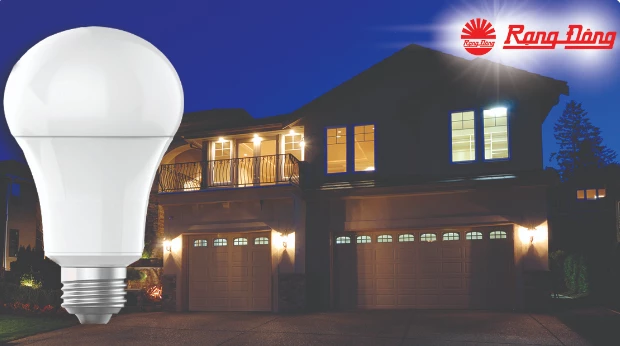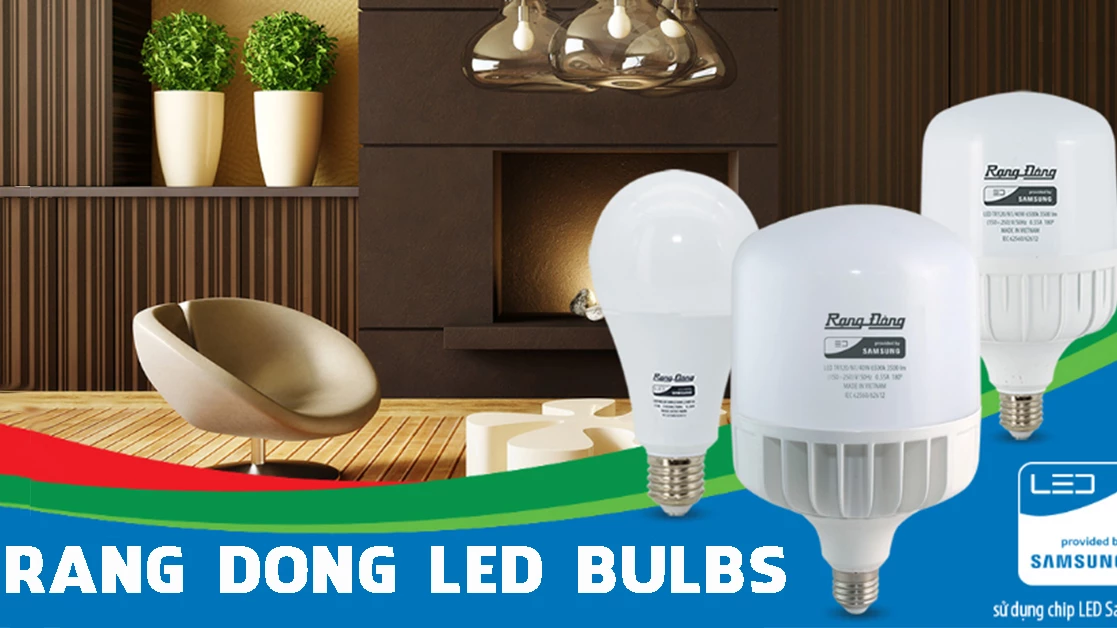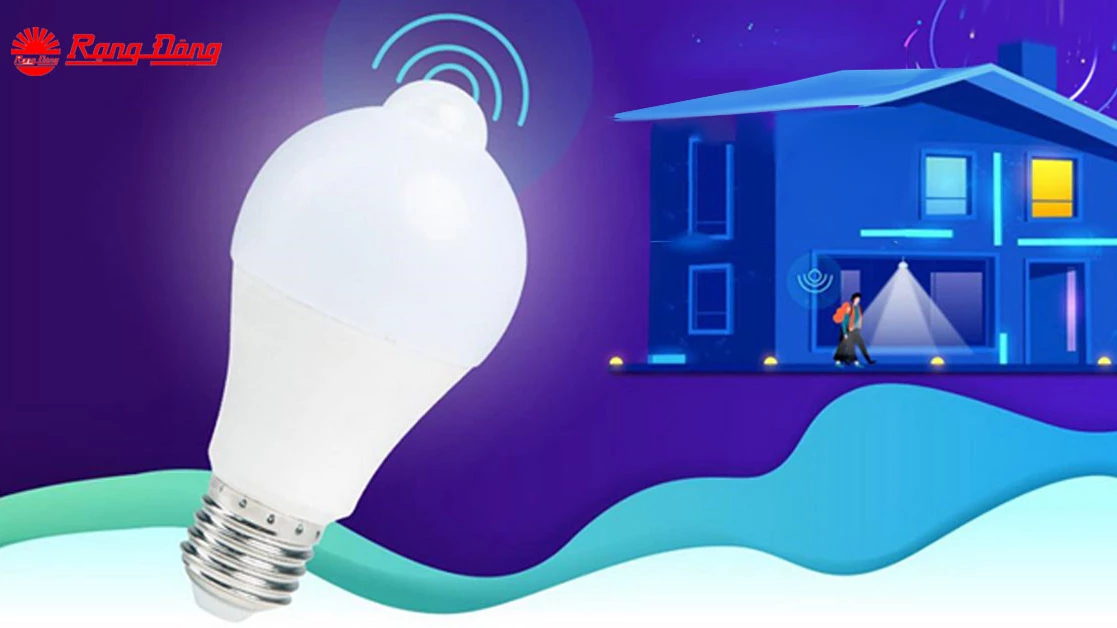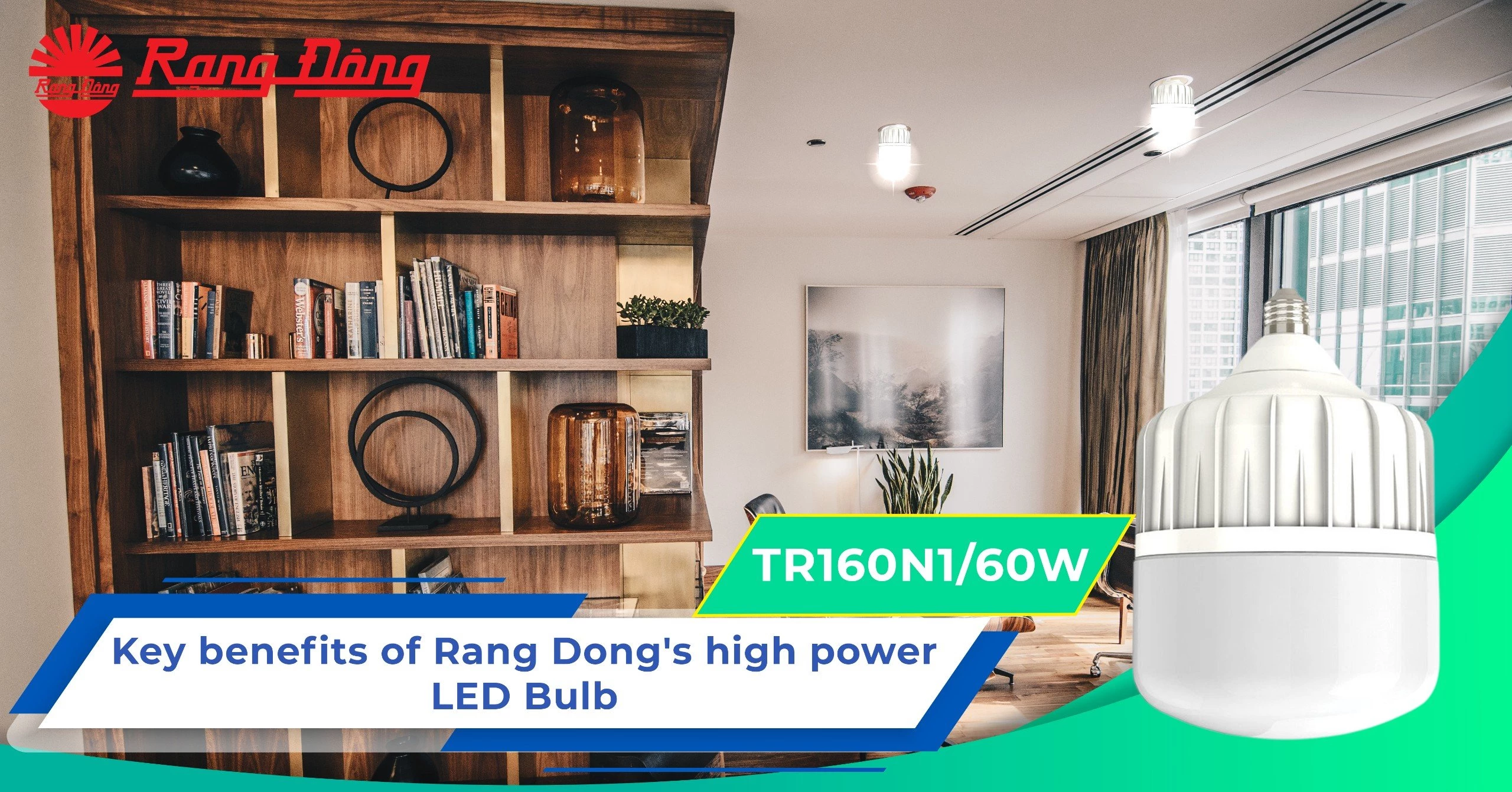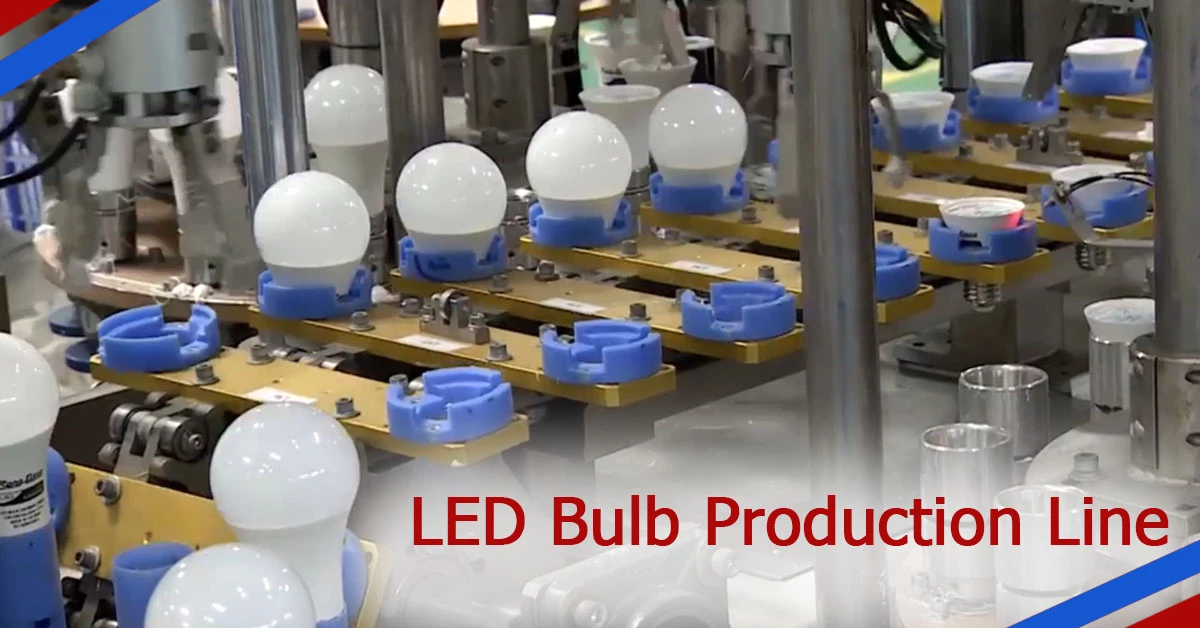
A comprehensive guide on recycling LED light bulbs
As the world shifts towards sustainable living, the focus on energy-efficient lighting solutions like LED bulbs has significantly increased. While LED light bulbs offer substantial benefits in energy conservation and long-lasting performance, their disposal poses a unique environmental challenge. This guide explores the critical need for recycling LED light bulbs, outlining practical steps individuals and communities can take to ensure these modern lighting solutions don't just brighten homes but also contribute to a greener planet.
LED light bulbs are a popular choice for energy efficiency, consuming about 90% less energy compared to traditional incandescent bulbs. These bulbs are not only energy-efficient but also contain valuable materials like metal, glass, and plastics, which are largely recyclable.
Despite their eco-friendly reputation, LED bulbs do eventually reach the end of their lifespan and must be disposed of responsibly to avoid environmental harm.
Why recycling?
Recycling LED bulbs helps conserve natural resources and reduce waste. Since a significant portion (up to 95 percent) of the materials used in LED bulbs can be recycled, recycling helps in reclaiming these valuable materials and prevents them from ending up in landfills.
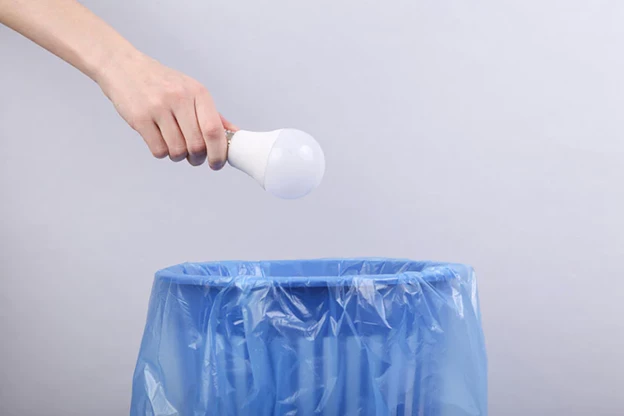
We should recycle LED bulbs instead of throwing them into trash.
Preparation
Before recycling LED bulbs, ensure they are turned off and carefully removed from their fixtures. While not all facilities require it, wrapping each bulb separately can prevent breakage and protect recycling facility workers. It's essential to check specific requirements with your local recycler.
Where to recycle LED bulbs
Recycling locations often include major retailers such as Home Depot and Lowe's, which may provide in-store recycling bins. Many local municipalities and safety departments also offer recycling programs.
Companies including Republic Services and Veolia provide mail-in options for a fee, ensuring that LED bulbs are recycled properly even if local options are not available.
Recycling process
The recycling process involves shredding the bulbs to separate their components:
Glass or Plastic Casing: They are recycled separately. Glass is melted down for new glass products, while plastic is processed into pellets for manufacturing.
Metal Components: Metals like aluminum, copper, and steel are extracted and recycled. Aluminum and steel are melted for reuse, while copper is refined for various industries.
LED Chips and Electronics: Precious metals such as gold and silver are recovered from LED chips and electronic components for reuse in electronics.
Plastic Mounts and Connectors: Plastic parts are sorted, cleaned, and recycled. They can be melted and molded into new products or used as raw material.
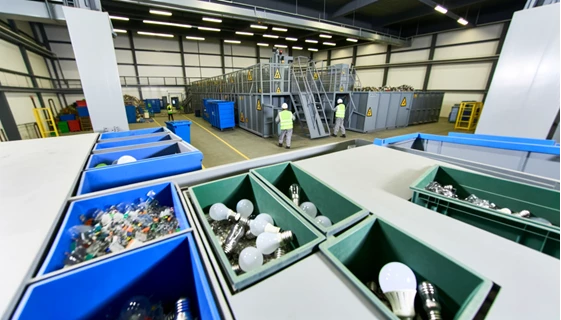
LED light bulbs are in the recycling process at a factory.
Environmental impact and legal considerations
LED bulbs, categorized as e-waste or universal waste due to their electronic components, are better recycled than thrown away. Although not classified as hazardous, they contain small amounts of metals that could be harmful if disposed of improperly.
Some regions, especially in Europe, mandate the recycling of LED bulbs, reflecting growing environmental regulation trends.
LED bulb recycling is an evolving process, with advancements expected to increase the recovery of rare materials. Participating in recycling programs not only supports environmental sustainability but also helps reduce the ecological footprint associated with lighting solutions.
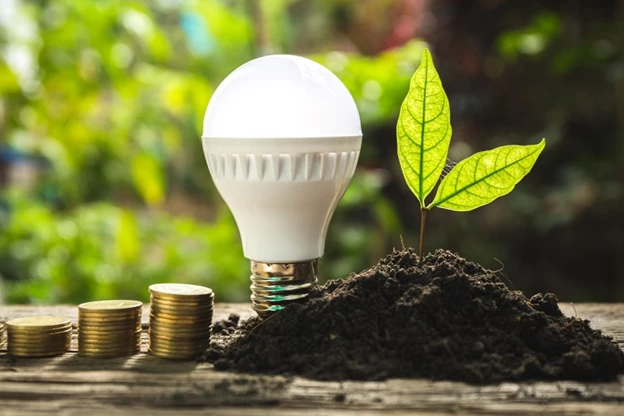
Recycling LED light bulbs can helpsave the environment.
Should you have any questions or request a quotation of Rang Dong products, please send us an email to: export@rangdong.com.vn.
Websites: en.rangdong.com.vn and vacuumflask.rangdong.com.vn




